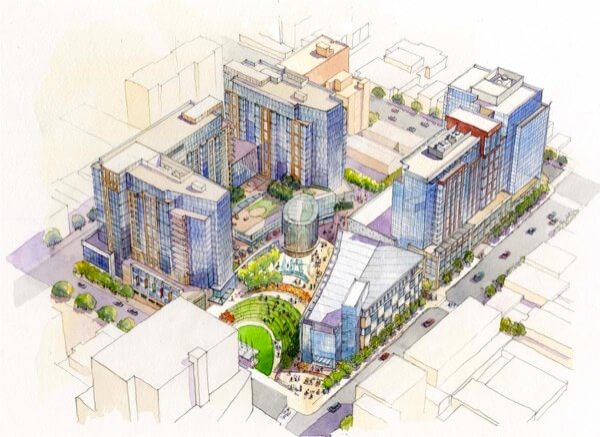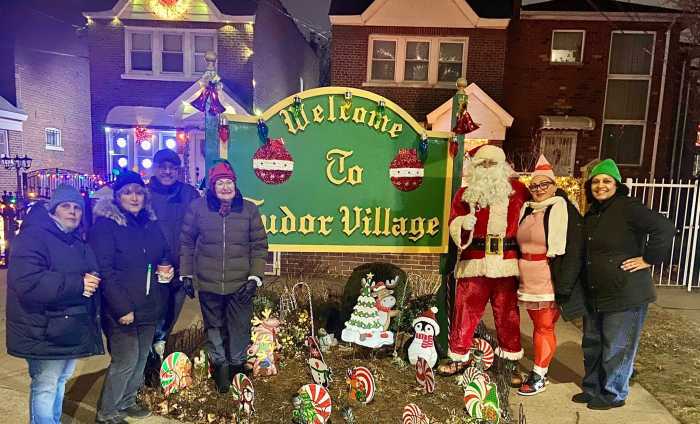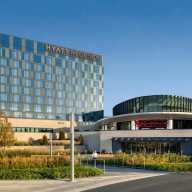By Madina Toure
The city’s abrupt decision to withdraw its plans to rezone Flushing West, which would have brought 1,600 units of housing to the downtown area, has drawn mixed reactions from the community.
Some say it was a good move due to key infrastructural problems for which the city did not have concrete solutions, while others say it was a missed opportunity for the community.
Mayor Bill de Blasio’s proposal sought to clean up and rezone 60 acres on the Flushing waterfront and form a planned community with waterfront access for housing and commercial space.
Although State Sen. Tony Avella (D-Bayside) was the first elected official to oppose the plan and was joined by state Assemblyman Ron Kim (D-Flushing), the project fell apart when Councilman Peter Koo (D-Flushing) asked for it to be withdrawn in a May 27 letter to City Planning Chairman Carl Weisbrod.
Koo cited the ongoing problems with airplane noise from LaGuardia Airport and the need for remediation in Flushing Creek as the key factors motivating his shift in opinion. He alsmo mentioned other issues, such as the proposed development’s proximity to the overcrowded No. 7 train.
He said the city could decide to pursue the proposal again in a year or two if tangible solutions are made to fix the problems.
“The residents would be very unhappy if they lived there, all these airplanes coming in the morning — it would drive them crazy,” he said. “Flushing Creek is so dirty. I wouldn’t want to stay there for 10 minutes, let alone 24 hours and every day.”
City Planning said it could revisit Flushing West if those issues are resolved.
“We agree that it would not be prudent to move forward with a neighborhood planning strategy that cannot adequately achieve these goals,” Weisbrod wrote in a letter to Koo dated May 27.
Austin Finan, a City Hall spokesman, echoed similar sentiments.
“We are continuing to work with the community to address the important quality-of-life and planning issues that are unique to Flushing,” Finan said.
Joe Sweeney, chairman of Community Board 7’s land use committee for Flushing West, said it was a combination of numerous problems that led to the city’s decision.
“He (Koo) listened and he listened and listened,” Sweeney said. “This wasn’t just a decision that he made overnight.” Flushing resident Paul Graziano, an urban planning consultant, said the project will not see the light of day, at least under the current mayoral administration.
“Rather than be embarrassed during the entire ULURP (Uniform Land Use Review Procedure) process, they withdrew it because they knew it was going to be shot down at the Council and that was going to be the end of it,” Graziano said.
He also noted that only 300 apartments would have been affordable.
In 2011, the Flushing Willets Point Corona Local Development Corporation received a $1.5 million New York State Brownfield Opportunity Grant to fund a project seeking to redevelop the Flushing waterfront. City Planning decided to combine the LDC’s project into its housing study of Flushing West.
Former Borough President Claire Shulman, the LDC’s head, has been working under the Department of State and with City Planning for several years. She said she hopes Koo’s concerns will be addressed.
“Although we are disappointed, the LDC will continue to fulfill its work for the New York State Department of State over the next 10 months to contribute to a roadmap that will include recommendations to improve public access to the waterfront and set the stage for sustainable development along it,” Shulman said in a statement.
John Choe, executive director of the Greater Flushing Chamber of Commerce, said the city has spent more than a year educating and engaging the community and has spent “enormous sums of money” preparing for the proposal.
He also noted that the area is slated to become a megablock like the Sky View Parc mall at 40-22 College Point Blvd. as Two Fulton Square, a block away from One Fulton Square at 39-16 Prince St., is currently being constructed.
The rezoning would have prevented the megablock structure as well as give the community public access to the Flushing waterfront, he said.
“Anyone who says they oppose Flushing West is ignorant about the city development process because it’s these major development projects that provide opportunities to the city for community people to have input into how developments are built and how they interact with the surrounding community,” Choe said. “So right now without a plan, developers are going to be building in Flushing West without any guidelines or framework that the community has negotiated. They’re already building.”
Carol McLoughlin of the Unitarian Universalist Congregation of Queens, a member of the Flushing West Rezoning Community Alliance, said the alliance has mixed feeling about it. She believes the proposal is dead and that there is more to the story than the public knows. The alliance is particularly concerned about affordable housing.
Last week, the alliance met with Koo, who suggested sites for affordable housing such as the Bland Houses and Latimer Gardens, two NYCHA developments, and the Flushing Airport. The group will be meeting with City Planning and the city Department of Housing Preservation and Development at the end of the month.
“We still want to work on the affordable housing crisis in Flushing without rezoning because there will be no mandatory inclusionary housing if there’s not rezoning,” McLoughlin said.
Reach reporter Madina Toure by e-mail at mtour





































